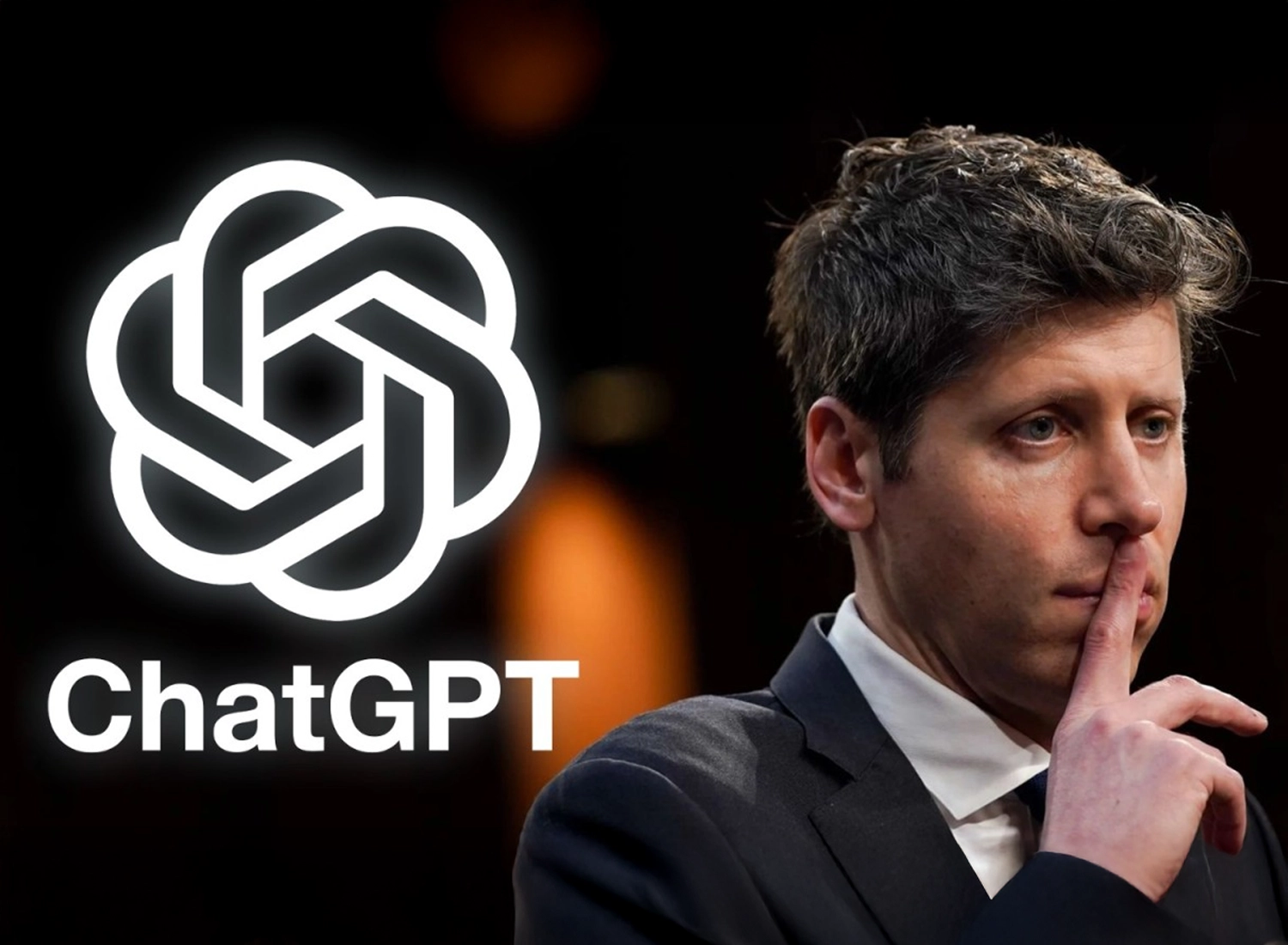
What happened next exposed the leadership gap no one planned for.
In August 2023, OpenAI launched ChatGPT Enterprise.
A launch that marked the moment AI fully entered the workplace.
Within months, more than 80% of Fortune 500 companies were already using OpenAI tools.
By mid-2025, that number climbed to over 92%,
with 600,000+ paying business users across major industries.
OpenAI’s projected revenue for 2025 is around $3.4 billion,
almost double 2023.
AI adoption is here,
moving faster than most leadership teams can keep up.
A June 2025 survey of 100 CIOs by Andreessen Horowitz showed a clear change.
AI budgets moved from “innovation experiments” to core line items inside IT and operations.
2023 — Testing ChatGPT in small projects
2024 — Using AI to solve real problems
2025 — Embedding AI across entire organizations
That sounds like progress and it is.
But it also revealed a new challenge most companies never planned for.
Buying AI is easy.
Making AI work inside the business is leadership.
When leaders are asked what’s holding them back from scaling AI,
they rarely mention technology.
They mention talent and alignment.
Research from Marketing AI Institute and Second Talent shows that about two-thirds of large companies see a lack of AI skills and leadership clarity as their biggest barrier to real results.
Once the licenses are purchased, a new question appears:
Who actually makes this work day to day?
Many companies appoint a “Head of AI” or “Chief Innovation Officer.”
But these roles often sit alone,
disconnected from sales, HR, and operations.
So AI stays isolated,
useful for experiments, not transformation.
The technology is ready, but the operating model still needs to catch up.
If you’re leading a $100M – $300M ARR company, this is your next big test.
You’ve already invested in systems and automation.
You’ve seen what efficiency looks like.
But AI is different, it changes how people work.
Over the next year, your organization will need leaders who can:
- Connect AI strategy to business goals
- Redesign workflows across teams
- Retrain people without slowing progress
- Measure success beyond cost savings
That’s a leadership design problem.
As companies grow, this gap widens.
The leaders who took you from $10M to $100M may not be the ones to run AI at $300 M.
The role shifts from execution to orchestration, from doing to aligning.
The impact is already visible in recruiting.
Companies are racing to find executives who understand both business and AI, leaders who can turn tools into results.
But that talent pool is small.
Roles like Chief AI Officer or VP of AI Operations barely existed two years ago.
Now they’re among the most in-demand positions on the market.
AI adoption is almost universal.
But success depends on something far harder to build: leadership.
The companies that win with ChatGPT Enterprise will be the ones that build internal strength, aligning people, process, and purpose around it.
Because in this new age of enterprise AI, technology gets you started.
Leadership keeps you ahead.

